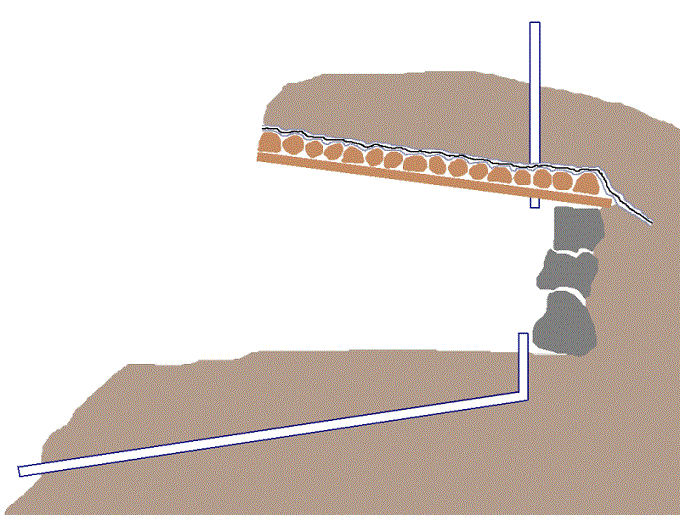
 5
5




My books, movies, videos, podcasts, events ... the big collection of paul wheaton stuff!
 1
1







[img]http://i109.photobucket.com/albums/n52/havlik1/permie%20pics2/permiepotrait3pdd.jpg[/img]
"One cannot help an involuntary process. The point is not to disturb it. - Dr. Michel Odent




My books, movies, videos, podcasts, events ... the big collection of paul wheaton stuff!
 1
1




My books, movies, videos, podcasts, events ... the big collection of paul wheaton stuff!




My books, movies, videos, podcasts, events ... the big collection of paul wheaton stuff!
 1
1




My books, movies, videos, podcasts, events ... the big collection of paul wheaton stuff!




My books, movies, videos, podcasts, events ... the big collection of paul wheaton stuff!




My books, movies, videos, podcasts, events ... the big collection of paul wheaton stuff!
 1
1




My books, movies, videos, podcasts, events ... the big collection of paul wheaton stuff!
 3
3





My books, movies, videos, podcasts, events ... the big collection of paul wheaton stuff!




My books, movies, videos, podcasts, events ... the big collection of paul wheaton stuff!




 1
1




My books, movies, videos, podcasts, events ... the big collection of paul wheaton stuff!
 1
1




My books, movies, videos, podcasts, events ... the big collection of paul wheaton stuff!
 2
2






My books, movies, videos, podcasts, events ... the big collection of paul wheaton stuff!




My books, movies, videos, podcasts, events ... the big collection of paul wheaton stuff!




My books, movies, videos, podcasts, events ... the big collection of paul wheaton stuff!
 2
2












skepchar wrote:
Sepp has an amazing mind for design. I wonder, does anyone know of a material that could be used in placed of the tarp (or lake sealer or what ever it is) between the logs and the dirt, that isn't made from oil? or is the water protecting layer even necessary? i'm not sure but it seems to me people must have been building root cellars with nothing but dirt walls for ages, also, wow those are huge rocks! i guess rocks like that are easier to find where hes from, here that many rocks that size and moving them in would be quite the expensive job
Life is too important to take seriously.
 1
1




Peace of Earth Farm, Albany, VT http://www.peaceofearthfarmalbany.wordpress.com
 5
5











Zach,Zach Weiss wrote: Below is a picture of the new kind of root cellars Josef has been building at the Krameterhof. The one that I will build for a client this spring will be this style. So I have not built one myself yet but I have seen several different types and through multiple workshops with Sepp understand the process well. I will also be teaching a workshop on Holzer style earth stables later this year in Wisconsin.
These are made with timbers stacked similarly to a log house and then lined with EPDM pond liner and a dimple shield membrane. This style is used predominantly as a root cellar.




 1
1








Peace of Earth Farm, Albany, VT http://www.peaceofearthfarmalbany.wordpress.com
 3
3






 2
2









Zach Weiss wrote:... I will also be teaching a workshop on Holzer style earth stables later this year in Wisconsin.
Hi Zach, just curious...where and when might this workshop be?
Thanks,
Becky
 2
2




Josephine, Forest Witch
 1
1




 3
3




Zach Weiss wrote:
It is very important to note that Sepp is only using very rot resistant species such as Black Locust and Larch, this is the primary reason that these earth stables last so long. I would expect a structure like this to last around 50 years, potentially much longer in drier climates.








 2
2




 2
2




 1
1













|
Do the next thing next. That's a pretty good rule. Read the tiny ad, that's a pretty good rule, too.
Announcing The World's Largest Collection of 16,000 Woodworking Plans
https://woodworking-plans
|







